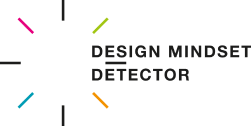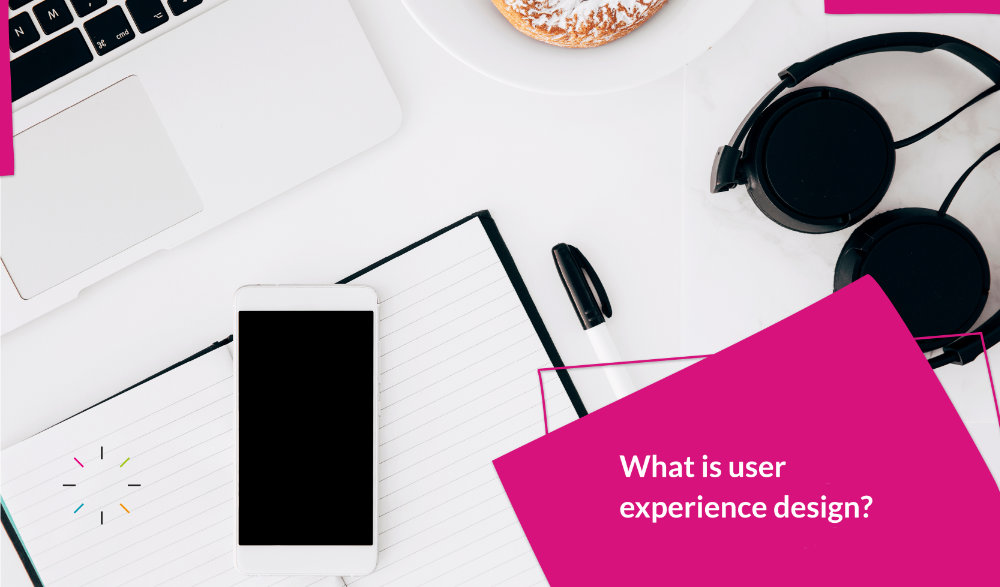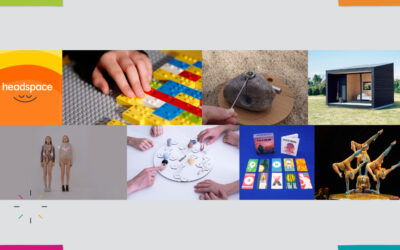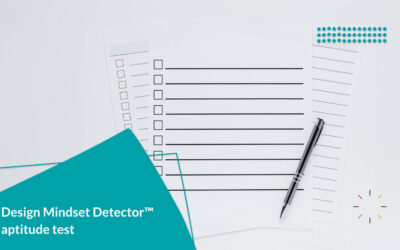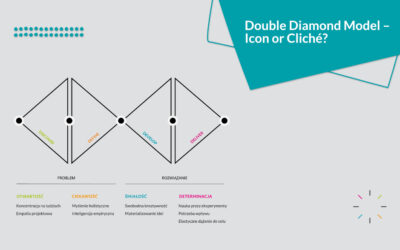Today’s online products and services are evolving at a pace unknown to previous generations. The key to success is no longer just functionality. Now, it is equally important for them to be intuitive, valuable, and tailored to the individual needs and expectations of users. In this dynamic environment, user experience design, commonly known as UX, has emerged. What exactly is UX, and why has it gained such importance in the world of technology?
Quick Links
- User Experience (UX) Design – What is it?
- Why UX Design Has Become Key to Understanding Users
- Key Aspects of Effective UX
- How the Quality of User Experience Translates to Business Success
- Development in User Experience Design and the Importance of Design Mindset Detector™
User Experience (UX) Design – What is it?
User Experience Design, widely known as UX, is an interdisciplinary field focused on creating interactive products and services that are intuitive, useful, and provide users with positive experiences. A UX designer considers all aspects of the user’s experience – from visual design, through the interface, to emotional and behavioral reactions to interactions with the product or service. In UX design, it is crucial to understand the needs, expectations, and behaviors of users, and then translate these insights into a design that meets these needs in the optimal way. It’s not just about aesthetics but primarily about functionality and ease of use.
Why UX Design Has Become Key to Understanding Users
In a world where digital products and services are ubiquitous, user expectations for the quality of interactions with technology have significantly increased. UX design has become key to understanding users because it allows companies to delve into the motivations, needs, and behaviors of their target audience. This enables businesses to create more personalized, intuitive solutions that meet real user expectations. In an environment where the diversity of offerings is enormous and brand loyalty is fleeting, a deep understanding of the user through UX allows for building lasting relationships and delivering value that stands out from the competition.
Read also: Sustainable Design Mindset – The Role of Sustainable Design Approaches
Key Aspects of Effective UX
For UX design to be effective and deliver desired results, it must meet several key criteria. These include:
- Understanding the user: Deeply understanding the needs, behaviors, and expectations of users, often through research and interviews.
- Usability: The design must be intuitive and easy to use, minimizing frustration and speeding up the achievement of user goals.
- Accessibility: The product or service should be accessible and useful to everyone, regardless of their skills or device used.
- Emotional response: Building a positive impression and relationship with the user, making the brand more memorable.
- Consistency: Providing a consistent experience at every touchpoint with the brand, regardless of platform or communication channel.
By supporting these pillars, UX design can bring significant benefits to both users and businesses.
Check also: Service Designer Portfolio – Burdensome Obligation or Valuable Design Practice?
How the Quality of User Experience Translates to Business Success
The quality of the user experience (UX) plays a crucial role in shaping business success in today’s competitive environment. Good UX leads to greater customer satisfaction, which in turn translates into higher brand loyalty and increased likelihood of repeat purchases. Users are less likely to abandon an app or website that is intuitive and provides value, which in turn reduces customer acquisition costs. Additionally, satisfied users often become brand ambassadors and recommend it to others, generating free advertising in the form of word-of-mouth marketing. As a result, investing in high-quality UX not only increases user satisfaction and engagement but also leads to increased revenue and a competitive advantage in the market.
Development in User Experience Design and the Importance of Design Mindset Detector™
Developing skills in user experience design (UX), service design, and design thinking is crucial for any specialist aiming to create innovative and effective solutions. These fields are becoming increasingly integral to business processes and require us to continually develop our approach and skills. Furthermore, growth in these areas is closely linked to overall personal development, as we learn to view problems from different perspectives, engage empathy, and develop effective problem-solving strategies.
However, as we know, the desire for development alone is not always enough. The key is effective diagnosis of our skills and needs. This is where the Design Mindset Detector™ comes in. It allows us to accurately identify our strengths and areas that require additional work. By analyzing our abilities and predispositions in the context of design, Design Mindset Detector™ enables us to consciously direct our development, focusing on aspects that will bring the greatest benefits to both us and the organizations we work for. This tool acts as a bridge between the desire for development and actual improvement in practice.
Do you want to check your predispositions using Design Mindset Detector™? Order the test!
